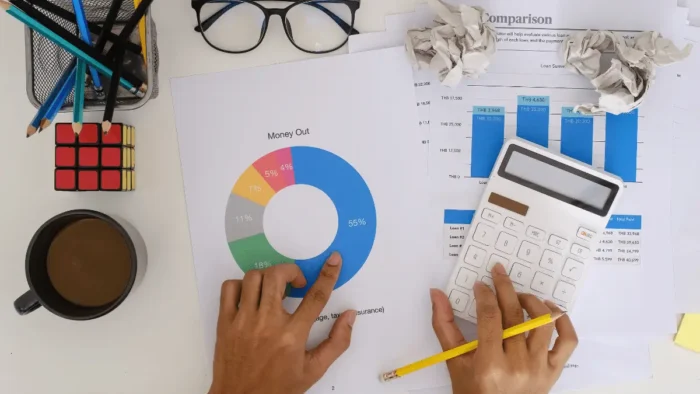When you have your own business, you need to know how to manage your cash flow well. For cash flow is the accurate measurement of the liquidity of your business assets. You may have a successful company and continuously reap rewards from it. Yet you may run into serious difficulties, despite the success of your business, if you do not have enough cash in your hands, say, to pay your suppliers or your employees, or cover your monthly rent.
How well your cash flows are indeed indicative of the overall health of your business. Good, positive cash flow indicates that you manage to find a balance between the earnings of your business and its spending. When your cash flow is negative this means that your expenses are higher than they should be. Another reason for your cash shortage may stem from your clients’ inability to pay their invoices on time. Either way, it is crucial to be aware of your cash flow. By paying attention to it, you will be able to identify trends in your money management and understand what is wrong with your budget or even your business model. To manage your cash properly, you may use a cost of goods sold formula or employ other methods expounded in the paragraphs below. But first, a clear explanation of the concept of cash flow is in order.
Simply put, cash flow is the movement of funds in and out of your business. To avoid financial troubles, you should track the movement of your cash weekly, monthly, or at least quarterly. As already mentioned, there are two types of cash flow: positive and negative. The former happens when the cash moving into your business from sales or accounts receivable outweighs the money exiting it through accounts payable, monthly expenses, and salaries. Negative cash flow occurs when the leaving cash outweighs the incoming money. When this is the case, you need to generate or collect more cash or reduce your expenses before the dis-balance leads you to bankruptcy. For statistically, poor cash flow management is one of the main reasons today why businesses fail.
Saying that bad cash flow management leads to business failure is not to claim that cash flow is equivalent to profit, however. Cash flow and profit are not the same: when you look at your Profit and Loss Statement (P&L), you will not gauge the trajectory of your cash flow. To understand which way your cash moves, you need to analyze your accounts receivable, inventory, accounts payable, capital expenditures, and debt service. And you have to analyze these factors highly meticulously. Your profit, by contrast, is defined by the accounting rules: you calculate it by deducting your expenses from your revenue.
When you give an invoice to your customers for your services or the products you sold them, you create revenue. When you collect money on this invoice, you create cash. What is even more important is that you need positive cash flow to have profits. With cash, you pay your employees and suppliers so that your company can produce goods. Selling these goods generates profits. Therefore, if you do not have the cash to make goods, there simply will be no profits in your company. To avoid this it’s not a bad idea to automate the process with an AP solution like Yooz. By removing any human errors that you can, and speeding up the process you will always have a positive cash flow.
To manage the flow of your money more successfully, you need to take several easy steps. Make sure you collect receivables on time. You may ask your customers to pre-authorize checks, for example. This enables banks to draw against customers’ accounts at timed intervals. Or you may ask your clients to pay for your goods or services with depository transfer checks, which is quick and relatively inexpensive. Or to speed them up, you can offer your customers some discounts when they pay bills without delay. It will also help you to centralize your banking in one bank.
What will also boost your positive cash flow is distributing credits with care. If you give credits to your customers left and right, you may soon face serious financial problems, simply because not every one of them will pay the given credits out. It is advisable to check your customers’ credit history before you grant them their credit request. Ask them to fill out a credit application and check their references. If you want to extend credit, you may want to accept credit cards payments. True, you will pay from 2 to 5 percent of the sale, if you start accepting credit cards from your customers. But credit card companies guarantee that your customers’ credits will be paid on time, which will, in turn, preserve cash flow into your business.
To ensure a better flow of cash, you may also try to increase your sales. This is a much better strategy than attracting more customers to your services or goods because the conversion process takes time. Selling more to your existing customers is quicker and cheaper. By learning what your clients buy and why, you may not only better cater to their needs but also increase your profit margin and, in so doing, generate more cash. Yet there is a caveat. When you boost your sales, ensure that they are not on credit. Otherwise, you will increase your accounts receivables rather than your cash.
Above all, you need to be keenly aware of the state of your cash balance at any given moment. You should also have a definite idea of what your cash balance should be in half a year. Having a clear picture of your cash flow in mind means that you keep it under tight control and thereby guarantee that your business will not be negatively affected by lack of money in the future.





